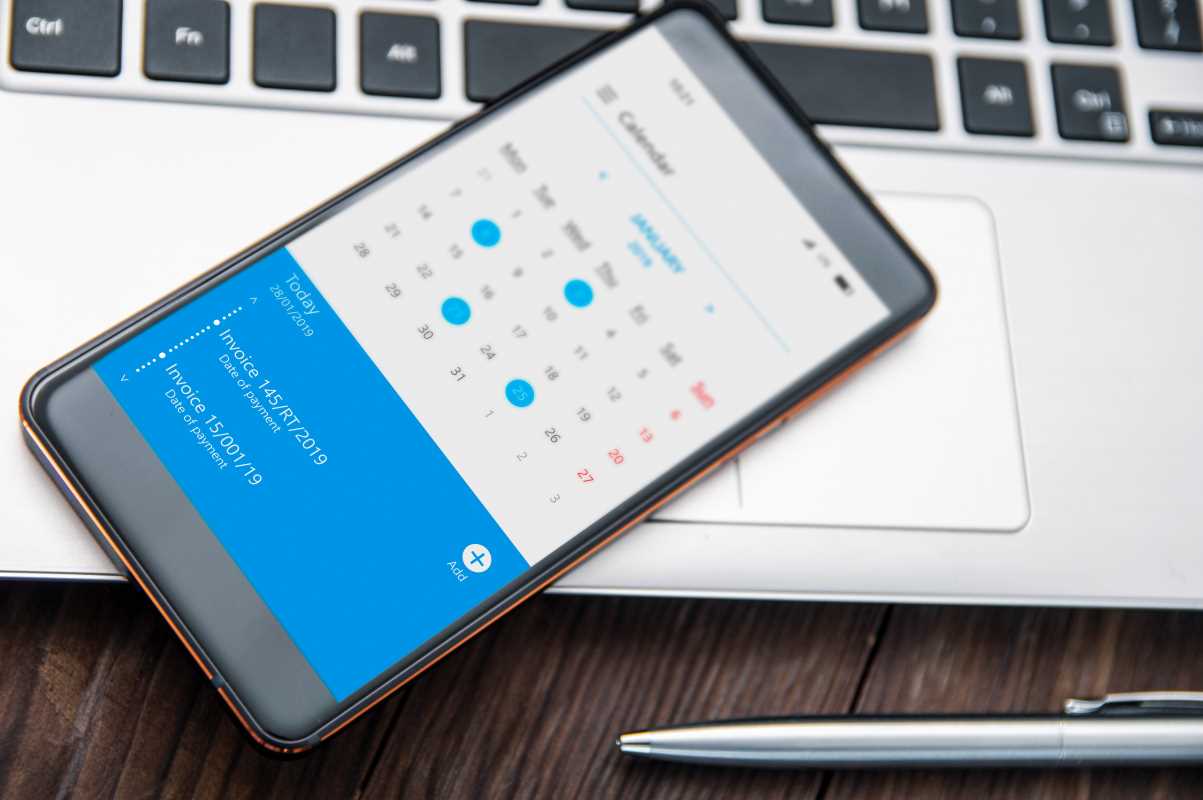Balancing school drop-offs, soccer practice, parent-teacher meetings, and grocery shopping often feels overwhelming, as if you’re constantly racing against the clock. Life can seem chaotic when appointments and reminders pile up, making it tough to keep everyone on track. With the right digital tools, you can organize family events, schedules, and tasks in one convenient place. These solutions help everyone stay informed about what’s coming up and where they need to be, reducing confusion and last-minute scrambles. By streamlining your routines, you create a more relaxed environment where daily activities run smoothly and everyone feels prepared for what’s next.
By exploring fresh ways to share tasks, visualize commitments, and adjust on the fly, you’ll reclaim time and reduce friction. Whether you’re tackling back-to-back appointments or coordinating weekend plans, practical digital aids can keep everyone aligned—and smiling.
Everyday Juggle: What Makes Schedules Slip?
- Fragmented updates: When each person uses a different communication channel—text one minute, voice memo the next—key details get lost in translation and deadlines vanish.
- Invisible handoffs: Tasks often get delayed when one person assumes another has already taken charge, leaving chores or pickups undone.
- Last-minute pivots: Sudden changes—illness, weather delays or rescheduled lessons—disrupt plans because no one checks an updated shared source.
- Hidden overlaps: Double-booking a carpool and a dentist visit happens when events stay tucked away in personal apps rather than a unified calendar.
- Attention drains: Frequent context switches between work, school and extracurricular apps sap mental energy, making it harder to spot gaps or conflicts until they surface.
Smart Routines: A New Perspective
- List every recurring activity, from piano lessons to weekly grocery runs, and assign a digital tag so you can group similar tasks across calendars.
- Color-code each family member with a unique hue so events stand out at a glance, reducing the mental effort needed to identify who’s scheduled where.
- Automate reminders for critical handoffs—like preparing sports gear or packing lunches—triggered a fixed interval before each appointment.
- Create an always-on update channel in a shared chat or app so everyone can post changes instantly and see adjustments in real time.
- Review the upcoming week every Sunday evening for five minutes, focusing on potential conflicts rather than repeating every detail.
Hands-On Steps to Streamline Your Week
- Central Calendar Platform
- Purpose: provide a single source of truth for all commitments
- Steps:
- Download a calendar app on each device
- Set up individual member profiles
- Assign event colors
- Link with personal work calendars
- Grant view/edit permissions
- Cost: many options offer free tiers with unlimited events
- Insider Tip: use concise event codes (e.g., Bball17 for basketball at 5:00) to avoid truncation on mobile
- Shared Task Board
- Purpose: visualize chores and to-dos clearly with workflow columns
- Steps:
- Create a board in a free project app
- Add columns: To Do, In Progress, Done
- Create task cards with brief descriptions
- Assign family members
- Enable due-date notifications
- Cost: core features are free; advanced automations may require a monthly fee
- Insider Tip: use labels (Morning Routine, Weekend Project) to filter tasks when multiple boards build up
- Recurring Reminders Engine
- Purpose: automate prompts for weekly/monthly chores
- Steps:
- Choose a reminder app
- Create a task
- Enable repeat settings
- Assign priority levels
- Select notification sounds
- Cost: included in most free versions
- Insider Tip: set distinctive tones (blue for school, green for errands) so you know the topic instantly
- Location-Based Triggers
- Purpose: launch reminders when arriving at or leaving specific locations
- Steps:
- Grant location access to the app
- Drop pins on key spots
- Define radius limits
- Assign reminder actions
- Test with a short drive
- Cost: built into many mobile OS features for free
- Insider Tip: keep geofences under 500m to avoid false triggers
- Shared Shopping List
- Purpose: keep one real-time, collaborative list across all devices
- Steps:
- Open a collaborative shopping list app
- Give access to household members
- Categorize items by aisle or store
- Enable push notifications
- Archive bought items for easy re-adding
- Cost: free plans usually allow unlimited lists and collaborators
- Insider Tip: preload staples (milk, eggs, bread) so you can re-add them with one tap
From Alerts to Automations: Getting It Done
- Voice Memo Check-Ins
- Purpose: speed up communication while preserving tone and emphasis
- Steps:
- Open a voice-note app
- Tap record when a change arises
- Keep messages under 20 seconds
- Send directly to group chat
- Delete old memos after listening
- Cost: free, works with existing messaging services
- Insider Tip: prefix each memo with date/time in the thread for easy retrieval
- Calendar-to-Chat Bridge
- Purpose: automatically share tomorrow’s appointments in family chat
- Steps:
- Link shared calendar with a chatbot
- Configure daily summary time
- Select the chat group
- Choose notification format
- Enable emoji annotations for quick context
- Cost: many bots have free plans with daily digests
- Insider Tip: create a simple emoji legend (🏀 = sports, 📚 = study, 🚚 = errands) for clarity
Managing multiple calendars and task trackers might initially seem like extra effort. After setting up these tools, they operate quietly in the background, freeing mental space and smoothing out daily transitions.
Create a reliable, adaptable system to meet your family’s changing needs. You’ll handle every twist and turn with ease.







